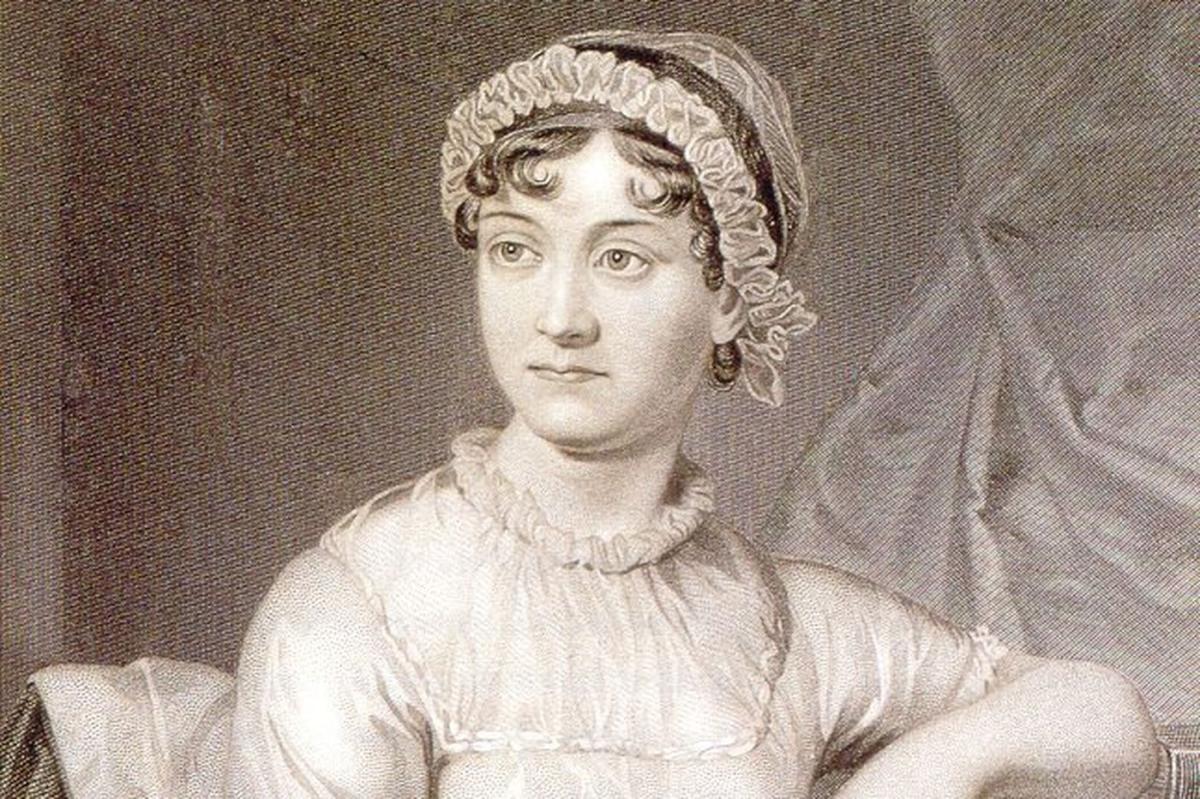Keep your ear to the ground in Southampton and you’re likely to hear their family name - Fitzhugh.
It’s there on street signs, like Fitzhugh Place and it defines an entire residential district, an area known simply as "Fitzhugh," where estate agents still use the name to market desirable properties near the Common.
For more than a century, it resonated with tens of thousands of football fans at The Dell, the football ground originally built in a picturesque corner of their land.

It was even the name of a pub on Milton Road.
The Fitzhugh name is a part of the city, a ghost on the map that has long outlasted the family who put it there.
But who were they?
Read more:
They weren’t of ancient aristocratic lineage or a local political dynasty. The Fitzhughs of Southampton were a merchant family, emblematic of a new kind of power in Georgian England.
They were the perfect example of how the vast, complex, and often brutal power house of the British Empire could generate immense fortunes, which were then brought home and reinvested to physically and socially reshape a town.
That’s because the wealth that would build the Fitzhugh estate was not accumulated here in Southampton, but across the globe.

The funds were made from the multiple, sprawling engines of Britain’s 18th-century commercial empire, and the key figure was William Fitzhugh, son of Valentine Fitzhugh, who lived at Bitterne Manor.
William was an East India merchant, a man operating for the East India Company, the phenomenally powerful corporation that dominated trade with Asia.
This was a family affair. William’s sister, Mary, married his business partner, David Lance, who had also made his fortune with the company.
Read more:
Their social circle was populated by others connected to this immense source of wealth, including a relative, Charlotte Fitzhugh, who married into another prominent East India Company family.
William Fitzhugh’s commercial interests were diverse and adventurous.
In a partnership with Lance and another associate, he sponsored risky trading voyages to the Pacific Northwest of Canada.

Their goal was to acquire sea-otter fur, a commodity whose exceptional thickness was prized in China, making it a key component of the lucrative "China trade" that exchanged Western goods for tea and silk.
This venture was so significant that it left its own mark on the map, thousands of miles from Southampton. In 1786, a grateful captain named a key waterway in British Columbia Fitzhugh Sound in honour of his sponsor.
However, the most critical and troubling source of the family’s capital comes from the West Indies.
Read more:
Research suggests that William Fitzhugh of Bannisters Lodge, Southampton, was the recipient of government compensation for the Richmond Vale plantation on St Vincent.
This payment was made to slave-owners after the Abolition Act of 1833, not as restitution to the enslaved people themselves, but as compensation for the owners' "loss of property."
This connection provides a direct and powerful explanation for the source of the immense wealth that was about to be unleashed on the landscape of Southampton.

In the 1790s, with a fortune amassed from India, Canada, and the Caribbean, William Fitzhugh turned his attention homeward.
At the time, Southampton was transforming into a fashionable spa resort, attracting the newly wealthy.
William made a pivotal move. He purchased a huge portion of the old Bannister Farm estate, a medieval property of more than 100 acres that lay just south of Southampton Common.
Read more:
This was an act of profound gentrification. Fitzhugh was not content to simply occupy the existing farmhouse. He demolished the old Banister's Court and, in its place, constructed an "elegant Georgian mansion," a grand statement of his new status.
To complete the idyll, he had two small lakes excavated in the grounds, creating a landscaped park befitting a man of his standing.
The estate, now widely known as the "Fitzhugh estate," became a new landmark. A scenic walking path that formed its southern boundary became known to locals as Fitzhugh's Path. The capital generated by the global engines of empire had been repatriated and converted into a quintessential English country seat, fundamentally altering the character of the land north of the old town.

This economic power was soon translated into political influence. From 1806 to 1820, William Fitzhugh served as the Member of Parliament for Tiverton, cementing his position within the national establishment.
The Fitzhughs’ new status gave them entry into the highest echelons of Southampton society.
Their social standing is brought to life by their connection to the town’s most famous literary resident, Jane Austen, who lived in the town from 1806 to 1809. In the whirl of balls and polite company that defined the fashionable resort, the Fitzhughs were prominent figures.
Read more:
Specifically, Charlotte Fitzhugh, a relative who had married into a wealthy East India Company family, was part of Austen’s personal social circle. The two women shared a cultural passion; both were devoted fans of the great tragic actress Sarah Siddons, whom Austen considered her favourite.
This connection is so significant that Charlotte is featured in a major exhibition at SeaCity Museum, titled "A Very Respectable Company – Jane Austen and Her Southampton Circle".
The exhibition suggests that the network of women Austen knew in Southampton—including Charlotte Fitzhugh, the slave-plantation owner Ann Newell, and the mixed-race heiress Anne Middleton—could easily have provided the inspiration for characters in novels like Mansfield Park and Emma.

To be part of this "very respectable company" means the Fitzhughs were not just wealthy landowners, but fully integrated members of the cultured elite.
Yet, for all their social prominence, their civic footprint within Southampton was surprisingly light.
William’s parliamentary career was focused on national affairs in Westminster, not local administration.
Read more:
Theirs was a legacy of presence, not of patronage and they shaped the city by their investment and their social standing, rather than by governing it.
The family’s direct connection to the estate they created ended in 1858, when the property was sold.
This marked the beginning of a new chapter, as the grand private demesne was slowly absorbed and repurposed by the growing town.

The fate of the estate’s most famous features tells the story of Southampton’s own evolution.
The mansion itself, after a period as a boys’ school, was sold in 1927 to the local entrepreneur Charles Knott.
He promptly demolished the Fitzhughs' elegant home and, in 1928, opened a speedway and greyhound racing stadium on the site, transforming it from a place of private leisure to one of mass public entertainment.
Read more:
The stadium thrived for decades before it, too, was demolished in the 1960s. Today, the quiet residential cul-de-sac of
Charles Knott Gardens occupies the spot where the mansion once stood.
But it was a picturesque corner of the estate’s parkland, known simply as The Dell, that was destined for immortality.

In 1898, the site was acquired by Southampton Football Club for their new ground. The club proudly kept the historic name, and for more than a century, The Dell was the beloved, cramped, and atmospheric home of the Saints.
The Fitzhughs took the profits of a global empire—from the trading houses of the East India Company, the fur-rich coasts of Canada, and the slave plantations of the Caribbean—and invested it in a single, transformative piece of land. That investment set in motion a century of change, creating a district that still bears their name.













Comments: Our rules
We want our comments to be a lively and valuable part of our community - a place where readers can debate and engage with the most important local issues. The ability to comment on our stories is a privilege, not a right, however, and that privilege may be withdrawn if it is abused or misused.
Please report any comments that break our rules.
Read the rules hereLast Updated: 1st January 1970 12:00 am
Report this comment Cancel